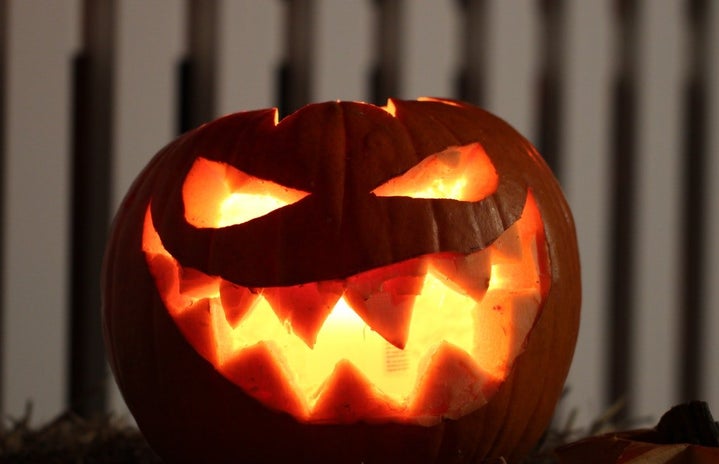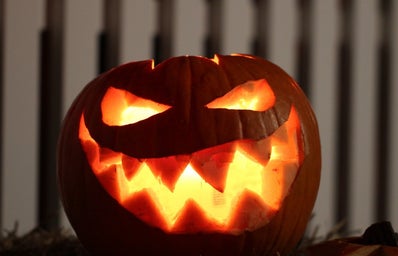Halloween is one of the biggest holidays celebrated all of the world. There’s pumpkin carving, fun baking treats, candy, and of course everyone’s favorite part costumes and trick-or-treating. But have you ever thought about where Halloween comes from and how it became such a popular and fun holiday it is today? I’ll be doing a deep dive of the history of Halloween and how it’s changed since it’s began.
Halloween began 2,000 years ago by the Celtics in northern Europe that celebrated the Samhain festival. The Celtics believed that around this time is when the boundaries between the living and dead were blurred and ghosts came alive. Building a bonfire was part of this celebration in which they burn crops and animals while dressed in animal heads and skins as costumes. A name was developed calling this festival All-Hallows Eve until getting shortened to Halloween.
When Halloween came to America, it was mainly celebrated in Maryland and southern states due to the Protestant not believing in the holiday. There would be ‘play parties’ in which people would tell scary stories and dance. Halloween became more popular in the 19th century with people dressing up in costumes and ghost storytelling. In the 1800’s there was more popularity in celebrating Halloween to bring communities together and it was less frightening and prank-based.
It wasn’t until the 1920’s and 1930’s where Halloween truly began to become a holiday celebrated throughout the country that involved the whole community. Trick-or-treating also became a big part of the celebrations at these times, bringing the community together. This helped prevent vandalism and pranking that would be harmful to the town and children.
Halloween today is now one of the most celebrated holidays. The average amount of money spent on Halloween in America is $6 billion annually. This shows how important and impactful this holiday is(or at least how important it is to our economy). It brings people together to do something that is fairly inexpensive and can be exciting fun for all ages.

